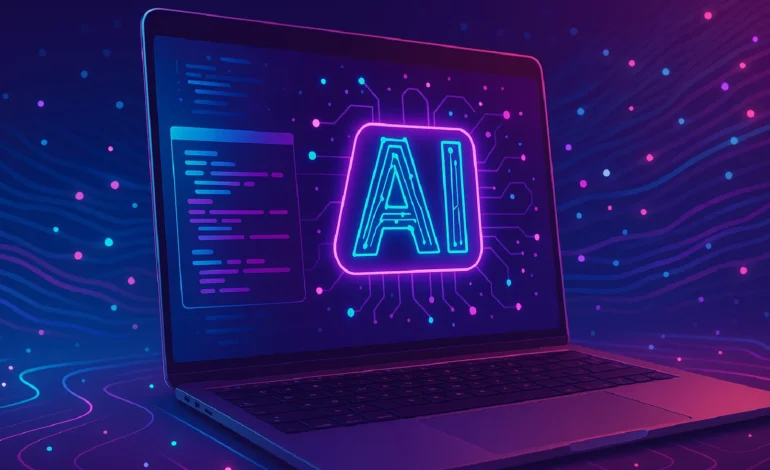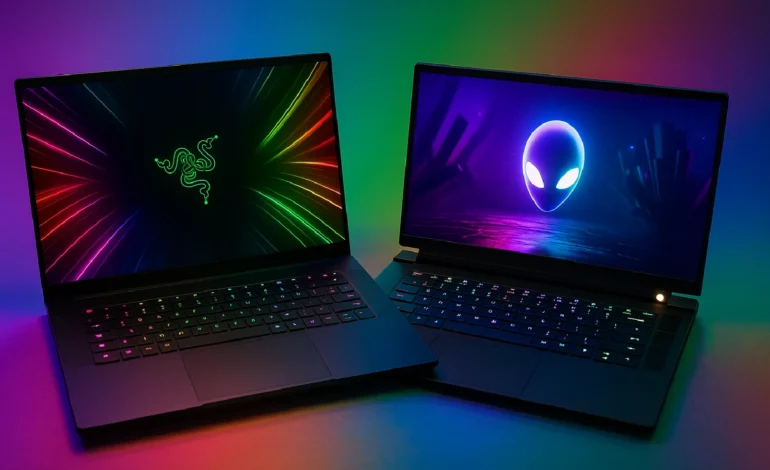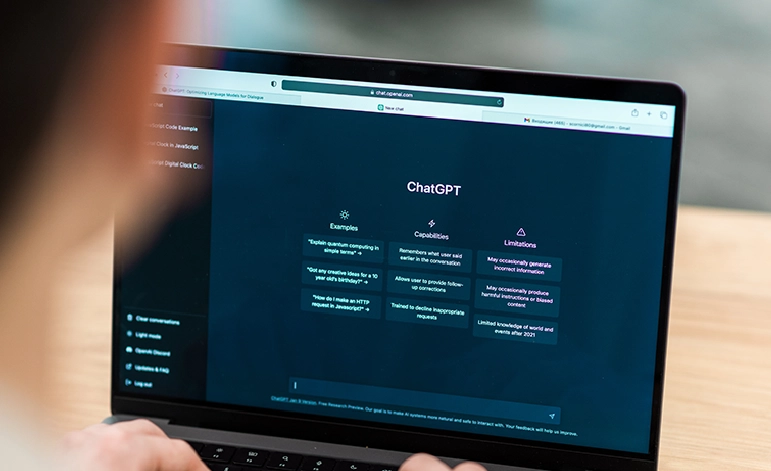How to Perform Vibe Coding With AI in 2025: A Beginner’s Guide

How to Perform Vibe Coding With AI in 2025: A Beginner’s Guide
The world of software development is rapidly evolving, and in 2025, a groundbreaking trend is leading the charge: how to perform vibe coding with AI in 2025. Vibe coding, often described as programming by using natural language prompts with minimal manual coding, is transforming the way developers and hobbyists build applications. If you’re wondering how to perform vibe coding with AI in 2025, this detailed guide will walk you through the steps, tools, and future possibilities.
What is Vibe Coding?
Before diving into how to perform vibe coding with AI in 2025, it’s essential to understand what vibe coding actually is. Vibe coding is a programming approach where developers use simple, conversational prompts to instruct AI models to write, modify, or debug code. This method dramatically reduces the need to write complex syntax manually.
In 2025, vibe coding is gaining massive popularity because it allows non-developers and new programmers to create software using plain English prompts. According to MIT Technology Review, natural language programming is one of the fastest-growing fields in AI.
Why Vibe Coding Matters in 2025
Learning how to perform vibe coding with AI in 2025 can significantly improve productivity and make software development more accessible. Whether you’re building a mobile app, creating a website, or automating workflows, vibe coding speeds up the process and reduces the learning curve.
Some key reasons why vibe coding matters include:
- Democratizes programming for non-technical users.
- Enhances creativity by focusing on “what” you want instead of “how” to code it.
- Speeds up prototyping and iteration cycles.
Essential Tools for Vibe Coding in 2025
To understand how to perform vibe coding with AI in 2025, you need to explore some of the popular vibe coding AI tools that are currently available.
- GitHub Copilot X: Integrates with popular IDEs and responds to natural language prompts.
- OpenAI Codex: Powers many vibe coding platforms by converting text instructions into executable code.
- Replit Ghostwriter: Offers real-time code suggestions based on your descriptions.
- Codeium: A free, AI-powered vibe coding tool that assists in multiple programming languages.
These tools simplify how to perform vibe coding with AI in 2025 and make it accessible to developers of all skill levels.
For more tool reviews, visit Replit Ghostwriter.
Step-by-Step Guide: How to Perform Vibe Coding With AI in 2025
Step 1: Choose the Right Vibe Coding Platform
Select a vibe coding tool that integrates with your preferred coding environment. GitHub Copilot X and Replit Ghostwriter are excellent choices.
Step 2: Start With a Simple Prompt
Type natural language instructions like “create a responsive navigation bar” or “build a user login form.” The AI will instantly suggest code based on your request.
Step 3: Refine Through Conversation
You can continue to refine your code by typing follow-up prompts such as “change button color to blue” or “add password validation.” This is where how to perform vibe coding with AI in 2025 becomes more interactive and intuitive.
Step 4: Test and Iterate
Run the generated code in your environment, test it, and keep refining your prompts until you achieve the desired outcome.
Step 5: Save and Deploy
Once you’re satisfied with the results, you can save the project and deploy it using traditional development pipelines.
Best Practices for Vibe Coding
- Use clear, specific prompts to get the most accurate results.
- Break complex tasks into smaller, manageable instructions.
- Always review and test the AI-generated code for security and performance.
Understanding how to perform vibe coding with AI in 2025 requires consistent practice and familiarity with prompt engineering.
Real-World Applications of Vibe Coding
The growing popularity of how to perform vibe coding with AI in 2025 is leading to its adoption in various industries:
- Web Development: Build landing pages, forms, and e-commerce components using natural language prompts.
- Mobile App Prototyping: Quickly create app skeletons and workflows.
- Data Analysis: Automate report generation and data visualization using vibe coding AI tools.
- Game Development: Design simple game mechanics with minimal coding effort.
Challenges and Limitations
While how to perform vibe coding with AI in 2025 is exciting, there are challenges to keep in mind:
- AI-generated code may not always be optimized or secure.
- Complex software architectures may still require manual coding.
- Current vibe coding AI tools may have limitations in understanding highly nuanced instructions.
Despite these challenges, the technology is advancing rapidly.
Final Thoughts
Learning how to perform vibe coding with AI in 2025 opens new doors for developers, hobbyists, and even non-coders. The combination of natural language programming and AI assistance is reshaping the future of software development.
As vibe coding becomes more refined, we can expect it to play a central role in the way software is built, tested, and deployed. Stay connected with TechPastel.com for more insightful guides and tutorials on the latest in AI-powered development.
For further reading, visit OpenAI’s API documentation.




